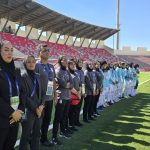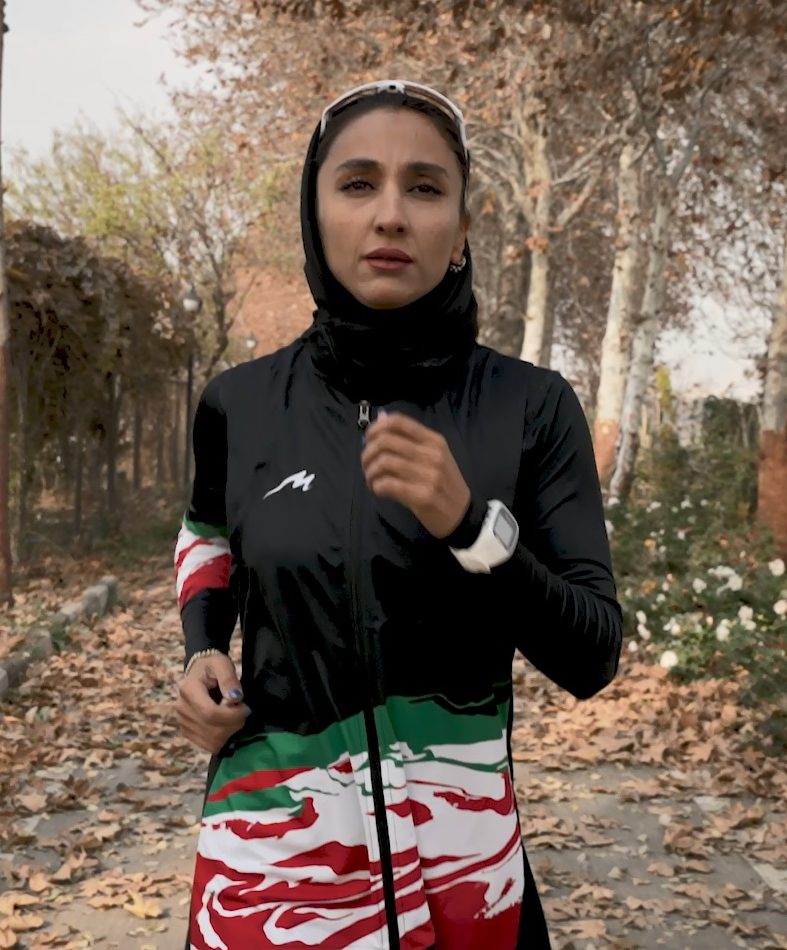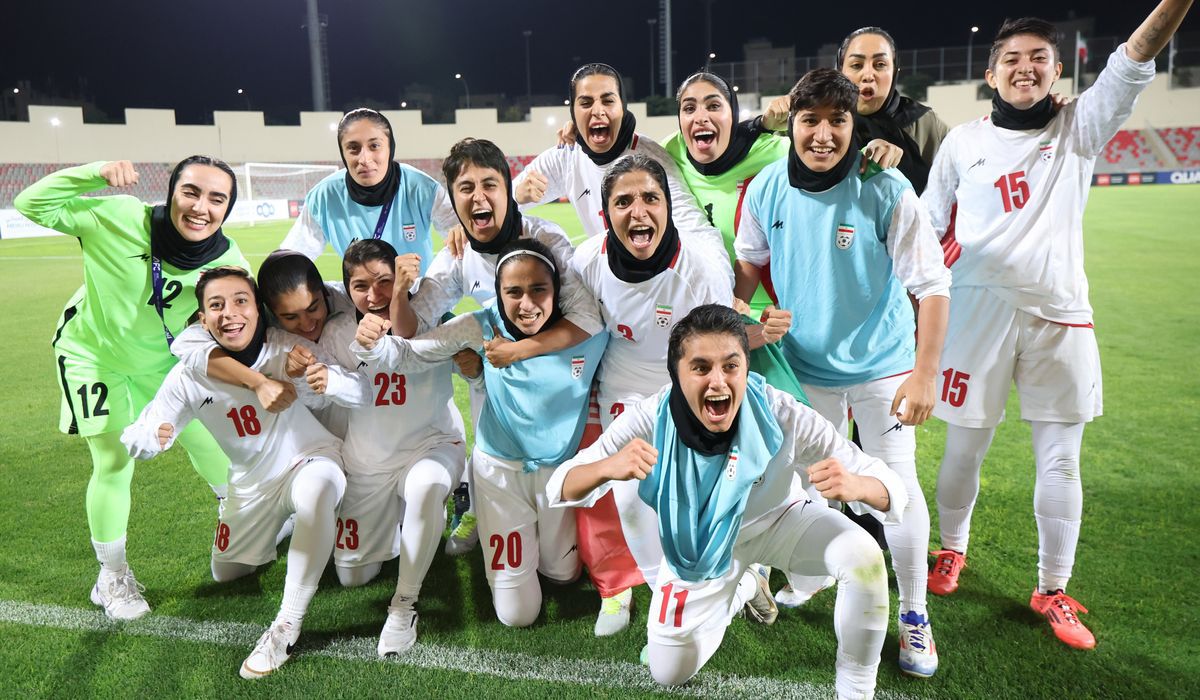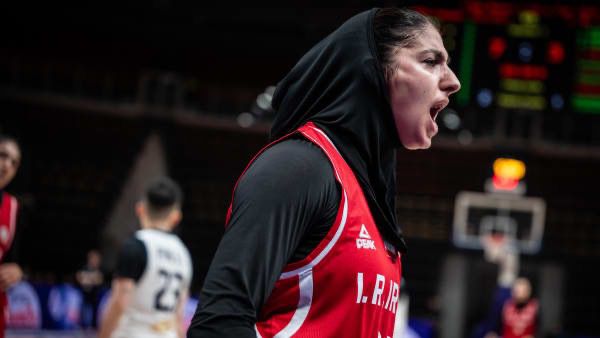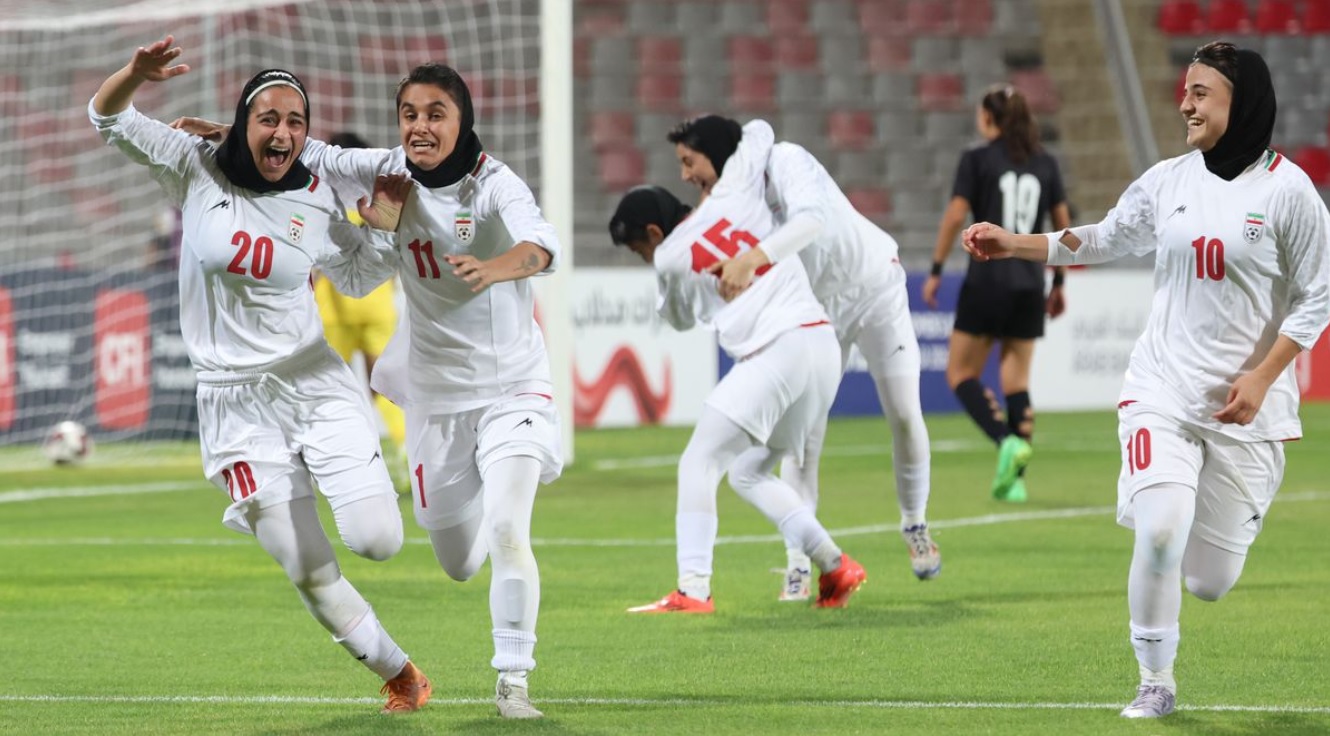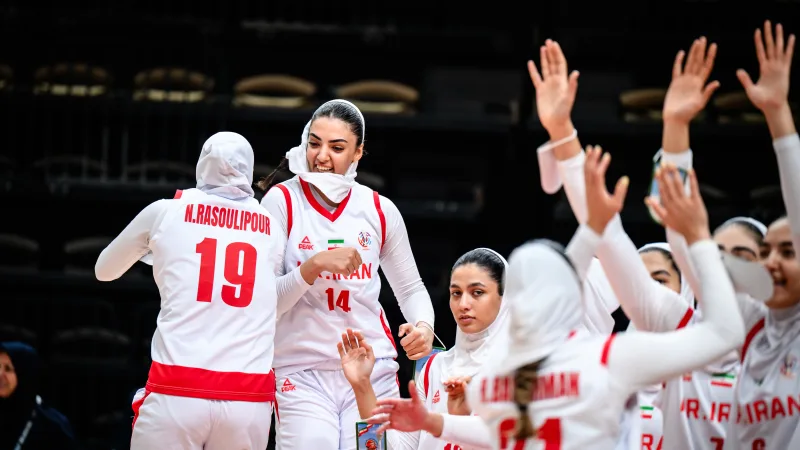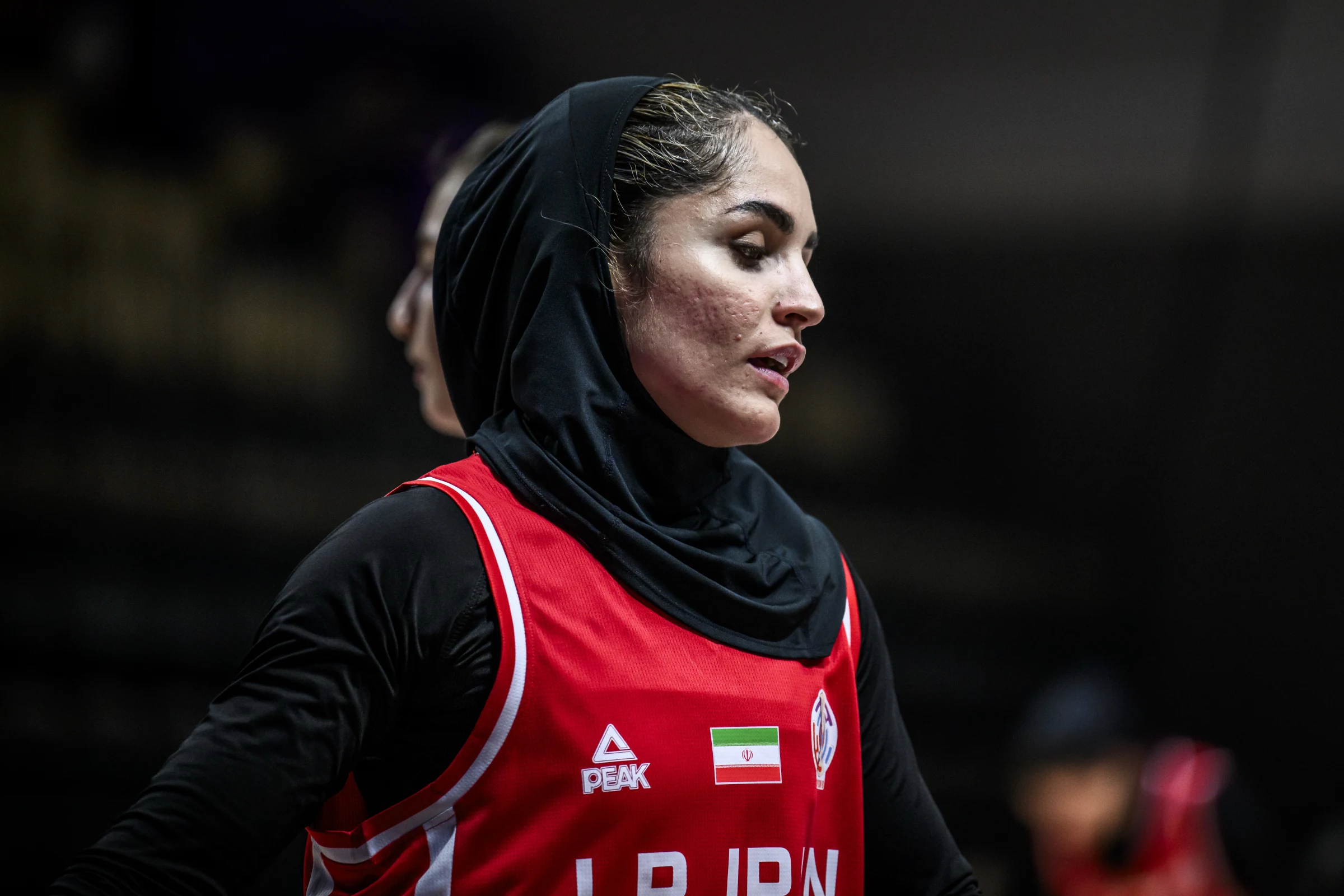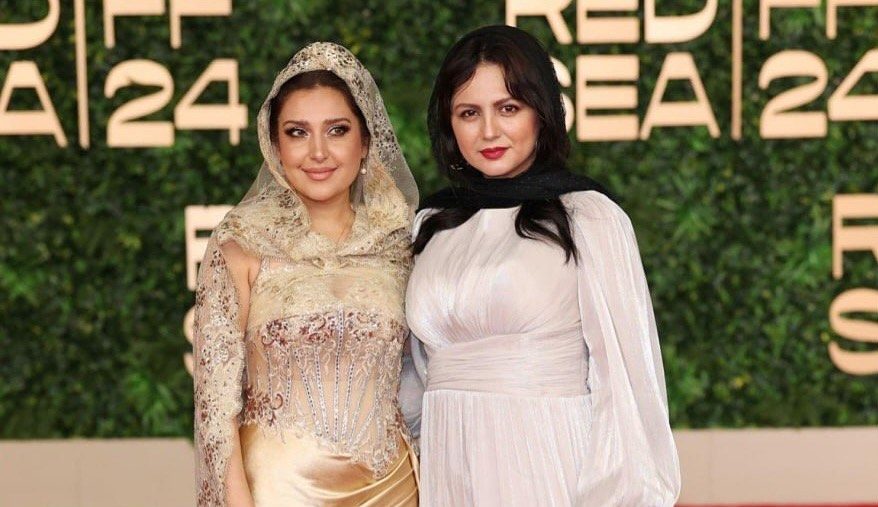Iran Women's Football Historic Ascent to AFC Women's Asian Cup 2026: The Role of Marzieh Jafari and Shining Stars
صعود تاریخی فوتبال بانوان ایران به جام ملتهای آسیا ۲۰۲۶: نقش مرضیه جعفری و ستارگان درخشان
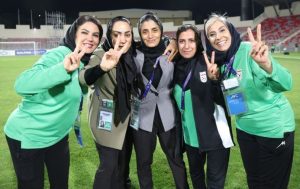
صعود تیم ملی فوتبال بانوان ایران به مرحله نهایی جام ملتهای آسیا ۲۰۲۶ در استرالیا، فراتر از یک موفقیت ورزشی، نمادی از اراده پایدار و پتانسیل بالای فوتبال زنان ایران است. این دستاورد بزرگ تحت هدایت مرضیه جعفری به اوج رسید و نتیجه رویکردی چندوجهی شامل مدیریت روانشناختی بحران، استراتژیهای تاکتیکی هوشمندانه و درخشش فردی بازیکنان کلیدی بود.
معماری روانی تیم: بازسازی اعتماد پس از چالشها
یکی از برجستهترین ویژگیهای سرمربیگری مرضیه جعفری، توانایی بیبدیل او در مدیریت بحرانهای روانی و بازسازی اعتمادبهنفس تیم پس از نتایج نامطلوب بود. در مسیر پرچالش انتخابی، تیم با سناریوهایی روبرو شد که میتوانستند صعود را به خطر اندازند. در این لحظات حساس، رویکرد جعفری تعیینکننده بود:
- ثبات روانشناختی در کانون بحران: پس از هر نتیجه نامطلوب، جعفری با حفظ آرامش و خویشتنداری مثالزدنی، مانع از سرایت ناامیدی به تیم شد. این ثبات، به عنوان لنگرگاه روانی، به بازیکنان اطمینان میداد که هدایتگری مقتدر، همچنان سکان کشتی را در دست دارد.
- تحلیل غیرانتقادی و مبتنی بر رشد: به جای سرزنش یا نادیده گرفتن اشتباهات، جعفری رویکردی تحلیلی و واقعبینانه را اتخاذ کرد. جلسات آنالیز پس از بازی، با هدف شناسایی ریشههای تاکتیکی و فردی مشکلات برگزار میشد و به تیم کمک کرد تا از شکستها درس بگیرد و با قدرت بیشتری به میادین بازگردد.
- بازآفرینی باور و انگیزه: پس از واکاوی شکست، فاز اصلی بر تقویت انگیزه و بازآفرینی باور به تواناییهای جمعی متمرکز میشد. جعفری با استفاده از تکنیکهای روانشناسی ورزشی، تمرکز تیم را از نتیجه منفی گذشته به فرصتهای پیشرو معطوف میکرد و روحیه جنگندگی را برای نبردهای سرنوشتساز بعدی، از جمله دیدار حیاتی مقابل اردن، زنده نگه میداشت.
استراتژیهای تاکتیکی و ساختار فنی تیم ملی
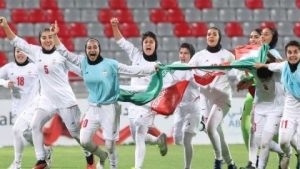
پیروزی تیم ملی، محصول یک طراحی تاکتیکی دقیق و پیادهسازی هوشمندانه بود که با شناخت عمیق جعفری از تواناییهای بازیکنان و ضعفهای حریفان همراه شد.
سازماندهی دفاعی مستحکم و انعطافپذیر:
- بلوک دفاعی فشرده (Compact Defensive Block): تیم ایران غالباً از یک بلوک دفاعی میانی (Mid-block) استفاده میکرد که با تراکم بازیکنان، فضای لازم برای ساخت بازی را از حریف سلب میکرد.
- پوشش متقابل و نظم ساختاری: مدافعان و هافبکهای دفاعی با پوشش متقابل هوشمندانه و حفظ فواصل مناسب، مانع از ایجاد فضاهای خطرناک در عمق میشدند.
- نقش کلیدی دروازهبان: حضور دروازهبانی مطمئن و با تجربه نظیر زهرا خواجوی، با توانایی بالا در سازماندهی خط دفاعی و واکنشهای سریع، اطمینان خاطر لازم را به مدافعان میداد.
گذار سریع از دفاع به حمله (Transition Play):
- ضدحملات عمودی و مستقیم: یکی از سلاحهای اصلی تیم، ضدحملات سریع و مستقیم پس از بازپسگیری توپ بود که با پاسهای بلند و دقیق به بازیکنان سرعتی در خط حمله همراه بود.
- استفاده از فضاهای پشت مدافعان: هافبکهای تیم به دنبال ارسال توپ به فضاهای خالی پشت مدافعان حریف بودند تا مهاجمان بتوانند با سرعت خود به توپ رسیده و وارد محوطه جریمه شوند.
بهرهوری تهاجمی و نقش بازیکنان کلیدی:
- تمرکز بر اثربخشی: تیم ملی بیش از مالکیت مطلق توپ، بر اثربخشی در فاز حمله و استفاده بهینه از موقعیتها تمرکز داشت.
- نقش محوری ستارگان تیم:
- نگین زندی: با سرعت خیرهکننده، توانایی بالای دریبلزنی و تمامکنندگی، نقش تعیینکنندهای در فاز تهاجمی ایفا کرد و گلهای سرنوشتساز به ثمر رساند.
- سارا دیدار: در خط میانی، با هوش تاکتیکی بالا، دوندگی بیوقفه و توانایی در ارسال پاسهای کلیدی، قلب تپنده خط میانی بود.
- زهرا قنبری: با تجربه و تکنیک بالا، توانایی فوقالعادهای در خلق موقعیت و گلزنی از نقاط مختلف زمین داشت.
- افسانه چترنور: با تواناییهای فردی و تکنیکی بالا، قدرت حمل توپ و پاسهای دقیق، به عنوان یک عنصر تأثیرگذار در خلق موقعیتها ظاهر شد.
آنالیز و تطبیقپذیری تاکتیکی:
- آنالیز عمیق حریف: کادر فنی تحت رهبری جعفری، پیش از هر بازی آنالیزهای دقیق از حریفان انجام میداد.
- انعطافپذیری در سیستم بازی: جعفری با انعطافپذیری تاکتیکی بینظیر، سیستم بازی را بر اساس حریف و شرایط مسابقه تنظیم میکرد (مانند تغییر از ۴-۴-۲ به ۴-۲-۳-۱)، که این امر به تیم امکان میداد تا در برابر سبکهای مختلف بازی حریفان، واکنشهای مؤثر نشان دهد.
چشمانداز و پیامدهای صعود
صعود به جام ملتهای آسیا ۲۰۲۶ در استرالیا، تنها یک موفقیت ورزشی نیست؛ بلکه نقطهعطفی استراتژیک برای فوتبال بانوان ایران محسوب میشود:
- اعتبار بینالمللی: جایگاه فوتبال بانوان ایران را در سطح قارهای و جهانی ارتقا میبخشد.
- افزایش انگیزه: الهامبخش نسل جدیدی از دختران و زنان برای ورود به این رشته ورزشی خواهد بود و استعدادهای خفته بیشتری را شکوفا میکند.
- سرمایهگذاری آتی: میتواند منجر به افزایش سرمایهگذاری و پشتیبانی از زیرساختها، آکادمیها و برنامههای توسعه فوتبال بانوان شود که به پایداری این پیشرفت کمک میکند.
مرضیه جعفری، با رهبری منسجم، دانش فنی عمیق، توانایی بینظیر در مدیریت چالشها و بهرهگیری هوشمندانه از پتانسیل ستارگان تیم، ثابت کرد که میتواند تیم ملی فوتبال بانوان ایران را به قلههای جدیدی از موفقیت رهنمون سازد.
Iran Women’s Football Historic Ascent to AFC Women’s Asian Cup 2026: The Role of Marzieh Jafari and Shining Stars

The qualification of the Iran women’s national football team for the AFC Women’s Asian Cup 2026 in Australia is more than just a sporting achievement; it’s a symbol of the enduring will and immense potential within Iranian women’s football. This significant accomplishment, led by Marzieh Jafari, is the product of a multifaceted approach encompassing psychological crisis management, intelligent tactical strategies, and the individual brilliance of key players.
The Team’s Psychological Architect: Rebuilding Trust After Challenges
One of the most remarkable aspects of Marzieh Jafari’s coaching was her unparalleled ability to manage psychological crises and rebuild team confidence after unfavorable results. During the challenging qualification path, the national team faced scenarios that could have jeopardized their ascent. In such critical moments, Jafari’s approach was decisive:
- Psychological Stability Amidst Crisis: After every unfavorable result, Jafari maintained exemplary calm and composure, preventing despair from spreading throughout the team. This stability served as a psychological anchor, assuring players that a capable leader was still at the helm and in control of the situation.
- Non-Critical, Growth-Oriented Analysis: Instead of blaming or ignoring mistakes, Jafari adopted an analytical and realistic approach. Post-match analysis sessions were held to identify the tactical and individual roots of problems, helping the team learn from setbacks and return stronger to the field.
- Reigniting Belief and Motivation: Following an analysis of defeat, the primary phase focused on boosting motivation and rekindling belief in the collective abilities. Jafari used sports psychology techniques to shift the team’s focus from past negative results to future opportunities, keeping their fighting spirit alive for crucial upcoming battles, including the decisive match against Jordan that secured Iran’s qualification.
Tactical Strategies and the National Team’s Technical Structure
The national team’s victory was the result of precise tactical design and intelligent implementation, coupled with Jafari’s deep understanding of player capabilities and opponent weaknesses.
Robust and Flexible Defensive Organization:
- Compact Defensive Block: The Iranian team often employed a Mid-block in the defensive phase. This approach, by concentrating players in the midfield, denied opponents the space needed to build play, forcing them into long balls or wide movements.
- Intelligent Positional Play and Structural Discipline: Defenders and defensive midfielders maintained intelligent positional play and appropriate spacing, preventing dangerous spaces from opening up in deep areas.
- Goalkeeper’s Key Role: The presence of a reliable and experienced goalkeeper like Zahra Khajavi, with high ability in organizing the defensive line, quick reactions, and timely sorties, provided crucial confidence to defenders and played a vital role in thwarting opponent attacks.
Rapid Transition from Defense to Attack (Transition Play):
- Vertical and Direct Counter-attacks: One of the team’s main weapons was quick and direct counter-attacks after regaining possession. This lightning-fast transition from defensive to offensive phases often involved long and accurate passes to speedy attackers, leading to dangerous opportunities.
- Exploiting Spaces Behind Defenders: The team’s midfielders, with excellent game vision, aimed to pass the ball into empty spaces behind opponent defenders, allowing attackers to use their speed to reach the ball and enter the penalty area.
Offensive Efficiency and the Role of Key Players:
- Focus on Effectiveness: The national team prioritized effectiveness in the attacking phase and optimal utilization of opportunities rather than absolute ball possession.
- Pivotal Role of Team Stars:
- Negin Zandi: As one of the main attackers, with dazzling speed, high dribbling ability, and excellent finishing, she played a decisive role in the attacking phase, scoring crucial and game-changing goals.
- Sara Didar: In midfield, with high tactical intelligence, tireless running, and the ability to deliver key passes, she was the beating heart of the midfield.
- Zahra Ghanbari: With high experience and technique, as an attacker or attacking midfielder, she had an extraordinary ability to create opportunities and score from various positions on the field.
- Afsaneh Chatrnoor: With high individual and technical abilities, ball-carrying power, and accurate passes, she performed well in the team’s attacking phase and emerged as an influential element in creating opportunities.
Analysis and Tactical Adaptability:
- In-depth Opponent Analysis: The coaching staff, led by Jafari, conducted detailed video and statistical analyses of opponents before each match.
- Flexibility in Game System: Jafari was not limited to a single game system. With unparalleled tactical flexibility, she adjusted the game system based on the opponent and match conditions (e.g., changing from 4-4-2 to 4-2-3-1), allowing the team to react effectively to different opponent playing styles.
Outlook and Implications of Qualification
The qualification for the AFC Women’s Asian Cup 2026 in Australia is not just a sporting success; it represents a strategic turning point for Iranian women’s football:
- International Recognition: It elevates the status of Iranian women’s football at the continental and global levels.
- Increased Motivation: It will inspire a new generation of girls and women to enter the sport, unleashing more hidden talents.
- Future Investment: It can lead to increased investment and support for infrastructure, academies, and development programs for women’s football, contributing to the sustainability of this progress.
Marzieh Jafari, with coherent leadership, deep technical knowledge, an unparalleled ability to manage challenges, and intelligent utilization of the team’s stars, proved that as head coach, she can guide the Iran women’s national football team to new peaks of success.
